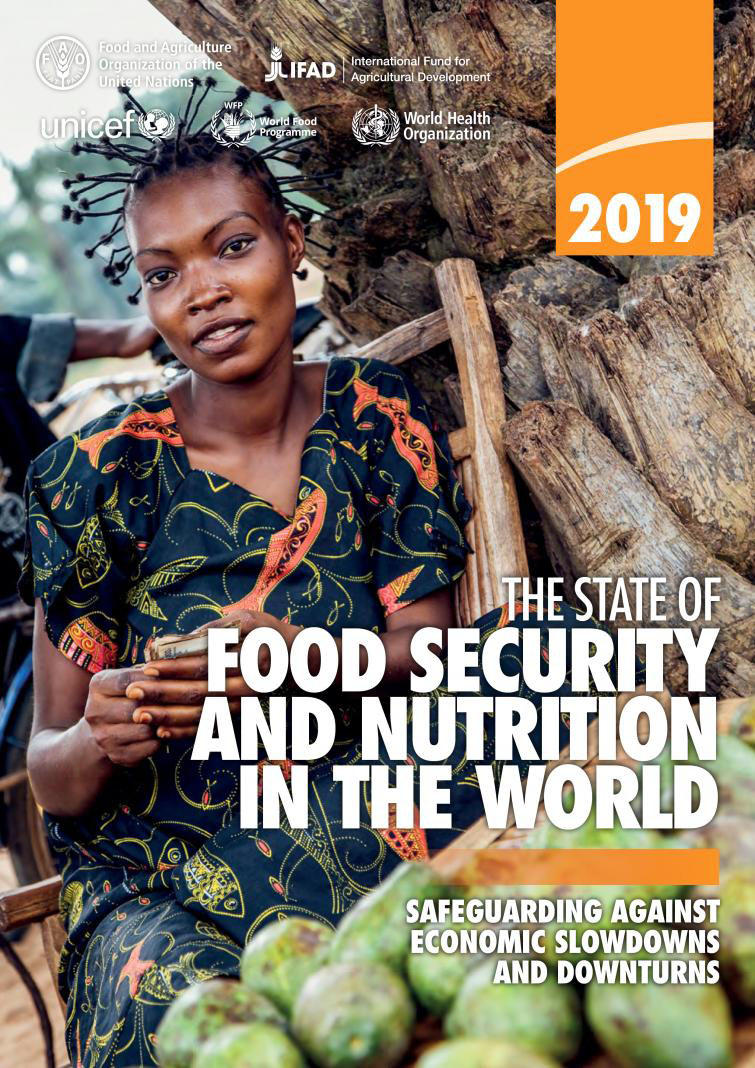Just how precarious the global food availability situation continues to grow is reflected in the contents of the latest Food and Agriculture Organization (FAO) Food Price Index, which tracks monthly changes in the international prices of commonly-traded food commodities whilst assessing the status of food availability in countries around the world.
While announcing that global food prices have risen by 2.7% between October and November this year, the FAO used its Quarterly Crop Prospectus and Food Situation Report to cite 42 countries which it says are in need of external assistance for food. Between September and October this year Zambia, stricken by drought conditions and record-high staple food prices, has been added to the list, which includes Afghanistan, Bangladesh, Burkina Faso, Burundi, Cabo Verde, Cameroon, Central African Republic, Chad, Congo, Democratic People’s Republic of Korea, Democratic Republic of Congo, Djibouti, Eritrea, Eswatini, Ethiopia, Guinea, Haiti, Iraq, Kenya, Lesotho, Liberia, Libya, Madagascar, Malawi, Mali, Mauritania, Mozambique, Myanmar, Niger, Nigeria, Pakistan, Senegal, Sierra Leone, Somalia, South Sudan, Sudan, Syrian Arab Republic, Uganda, Venezuela, Yemen, and Zimbabwe, which it says are experiencing food availability challenges.
The report links the food challenges in many instances, notably in Africa, to “floods that followed earlier severe dryness, cutting harvest expectations in East Africa,” and what it says were “adverse weather conditions that caused a steep production decline in Southern Africa.” In the instance of Zimbabwe it points to “unfavorable harvests and significantly high staple food prices” which it says are “set against an economy that has sharply deteriorated.” So bad is the situation in Zimbabwe, the FAO report says, that the number of food-insecure people in the country could double during the first three months of 2020.
Meanwhile, the FAO reports in its Food Price Index that on the back of a 4.6% global increase in the price of meat in November this year, the largest month-to-month increase of this commodity in more than a decade, global food prices recorded an overall 2.7% price increase between October and November. The report, which attributes the increase in the price of meats largely to “strong import demand especially from China, ahead of year-end festivities,” noted that prices for pig and poultry meat, particularly, will increase during that period.






